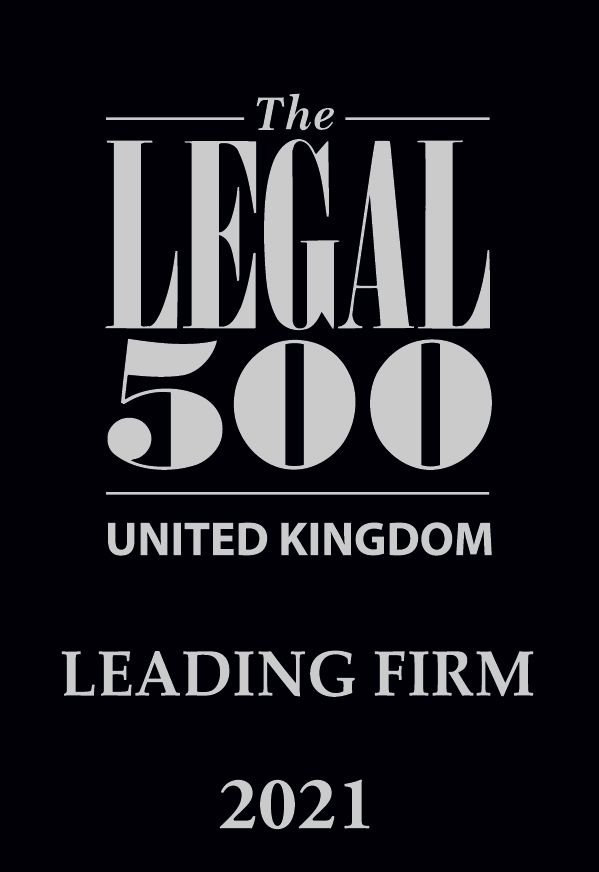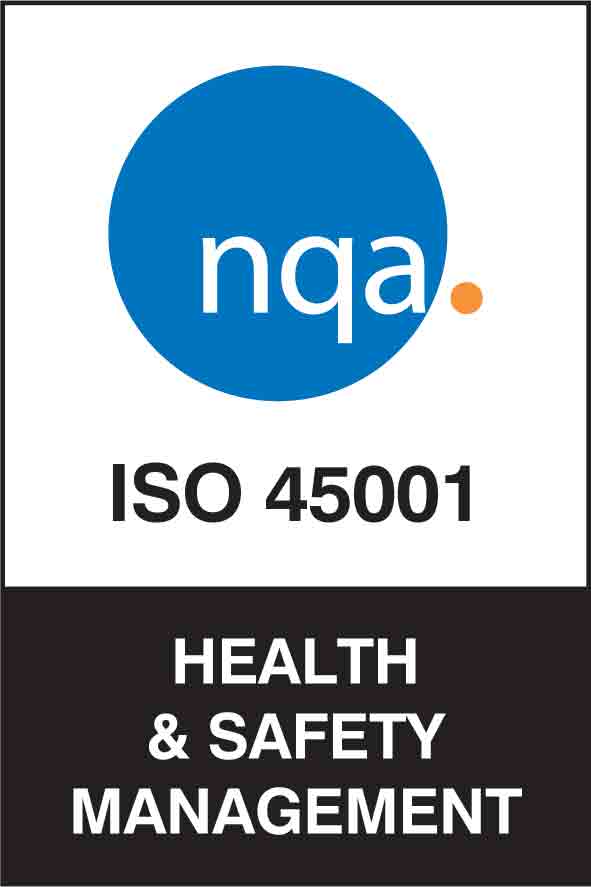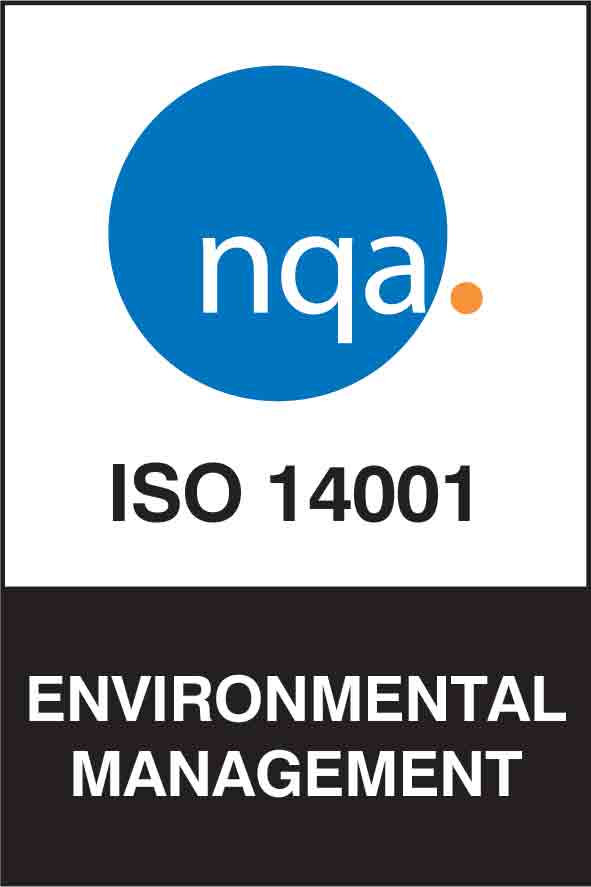BLOG
12 common risk assessment mistakes | Top tips for getting it right
Written by Scott Crichton on 26 January 2021

Risk assessment – a systematic approach to identifying hazards and evaluating any associated risks within a workplace – is the foundation of an effective safety management system.
As well as being a legal requirement under the Management of Health and Safety at Work Regulations 1999, conducting “suitable and sufficient” risk assessments will help you to recognise and control hazards, raise awareness and reduce incidents, thereby protecting your employees and your organisation.
Related Content
Free Download: 12-Point Risk Assessment Checklist
Are your risks assessment effective? Use this simple checklist to review your risk assessments and make sure they are compiled correctly, cover all bases and have practical value in reducing workplace risks.
However, things can be missed, which leaves the door open to accidents and ill health. Indeed, the vast majority of serious safety incidents could have been avoided had risks had been properly assessed and managed.
All too often, our Health & Safety specialists find that risk assessments are not in place or, if they are, they are not regularly reviewed, lack specific information and/or aren’t conducted by a person who actually does the job. In many cases, staff simply aren’t aware of their existence.
With this in mind, here are our 12 top tips based on the common mistakes we see employers make when compiling risk assessments.
Ensure that at least two, preferably three, people are in involved in the creation and reviewing of risk assessments.
Involve those who carry out the task / use the equipment in the writing and review of risk assessments.
While the HSE say there is no requirement for those completing a risk assessment to have had training, you should make sure that they are competent. This can be defined as those with the necessary Knowledge, Ability, Training and Experience (KATE) to identify hazards and implement sensible, proportionate solutions.
Within the assessment, ensure that you consider how a person can be injured (i.e. head injury, etc.)
Reference applicable guidance, both from the HSE and trade associations.
Cross reference to other assessments that are in place to prevent duplication.
Avoid generic, ambiguous terms such as ‘heavy’ and ‘PPE’. Instead, use more precise weight measurements, for example ‘<25kg’, and be explicit with the PPE to be worn and the Standard of the PPE item (which is usually found within the item itself or in the manufacturer’s instructions). Similarly, be specific with your statements, for example ‘a person will/must/shall use hearing protection’, etc.
Any risk assessment is likely to require consideration of:
- Access/egress
- Health monitoring/surveillance
- Maintenance and inspections
- Pre-use checks
- Previous accidents / near misses
- Safe systems of work for higher-risk activities/tasks/equipment
- Start-up/stop under normal conditions and isolation for maintenance
- Training
If using a scoring system, ensure that a defined matrix with definitions is provided.
Communicate the findings of risk assessments to staff and obtain documented evidence that this has been seen.
Ensure that risk assessments are reviewed often and at least annually.
Have an index in place which lists all assessments and the dates reviews are required, to provide a quick reference guide.
If you’re looking to upskill staff, our interactive e-Learning course covers the five key steps to risk assessment and is ideal for anyone who needs to conduct them in their workplace. For larger organisations, we can also put together a risk assessors training package to support internal competence.

Relieve the stress of risk assessment
From an General Risk Assessment of your environment to help formulating specific assessments through expert guidance and templates, our fixed-fee Health & Safety support gives you all the advice and tools you need to simplify risk assessment and stay compliant. It even includes access to our award-winning software, MyH&S, which allows you to monitor actions, build your own assessments, and view your risk status in real time.
To discuss your risk assessment needs and find out more about how we can assist your organisation, call 0345 226 8393 or request your free consultation using the button below.
Sign up for the latest news & insights
Resources
Latest News & Insights

Do ADHD and autism qualify as a disability? | Understanding the Equality Act 2010 and new case law
BLOG Written on 14 July 2025 When an employee discloses that they have ADHD or autism, many employers find themselves asking: Is this classed as

Privacy vs practicality | Are you entitled to know the reason for an employee’s sickness absence?
BLOG Written on 14 July 2025 When an employee calls in sick, it’s natural for employers to want to understand the situation. However, questions around

Education | What school leaders need to know about September 2025 pay changes
BLOG Written on 9 July 2025 As we near the end of the summer term, headteachers, school business managers and senior Trust staff, along with

Employment Rights Bill Implementation Roadmap | Your quick guide to what’s coming when
BLOG Written on 4 July 2025 The Employment Law Bill promises the biggest shake-up of UK employment law in decades. Having recently cleared the Committee

Fewer lives lost | Key takeaways from the HSE’s 2024/25 fatal injury statistics
Blog Written on 3 July 2025 The Health and Safety Executive (HSE) has published its provisional fatal injury statistics for 2024/25, revealing a welcome decline

Candidate feedback | The secret superpower that can strengthen your recruitment process
BLOG Written by Danielle Fargnoli-Read on 25 June 2025 Let’s be honest – recruitment can be tough. You spend a lot of time writing job

New sentencing guidelines could see fines soar for very large organisations
BLOG Written on 23 June 2025 On 1 June 2025, the Sentencing Council introduced important amendments to its guidelines for health and safety, corporate manslaughter,

Don’t rely on AI | 5 areas where employers should exercise caution
BLOG Written by Amy Waters on 20 June 2025 Artificial Intelligence (AI) tools are transforming the way employers manage their operations, from streamlining recruitment to

Can employers lawfully demote employees?
BLOG When faced with performance or conduct issues, employers may look for alternatives to dismissal – one of which is demotion. This usually means reducing








